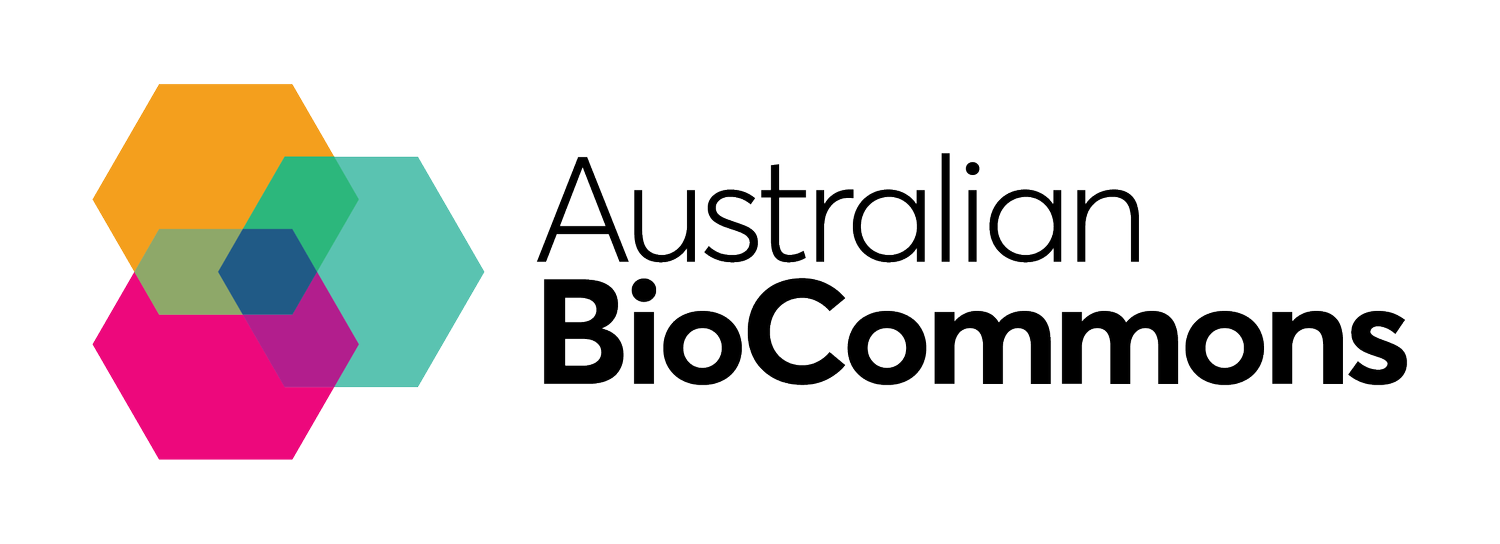BioCommons supports the creation of specialist training with Genomics for Australian Plants
Australian BioCommons partners broadly in our efforts to drive coordinated solutions to life science researchers’ problems. We connect the appropriate large organisations, small facilities, collaborative initiatives and individual experts to solve community-scale challenges. This means we’re well placed to hear about new resources and help to bring training opportunities to fruition.
Genomics for Australian Plants (GAP) is developing genomics resources to enhance our understanding of the evolution and conservation of the unique Australian flora. Established in 2018, the Australian State and National Herbaria and Botanic Gardens came together with Bioplatforms Australia to form the GAP initiative that has flourished as an active national consortium of researchers and expert working groups.
One of GAP’s goals is to build capacity in the management and application of genomic data and to provide tools to enable genomic data to be used to identify and classify biodiversity at a range of scales. Bringing together staff from Royal Botanic Gardens Victoria, CSIRO’s Centre for Australian National Biodiversity Research (Canberra) and Australian Tropical Herbarium (Cairns), Bioplatforms Australia and Australian BioCommons, GAP’s phylogenomics-bioinformatics working group has combined newly developed and existing scripts into an integrated workflow for the assembly of target capture data.
Keen to share these resources with researchers who can use them, the group has been working with BioCommons to offer a series of events to train others in using these novel pipelines. Theoretical webinars and hands-on training workshops will be delivered virtually in conjunction with the upcoming Australasian Systematic Botany Society Conference.
BioCommons offered advice on how to train others in what we’ve built: what was possible to run live, which computational environment would work best and the practicalities of leading a group through hands-on learning exercises. With their support we’ve been able to focus on our strengths like making sure the pipelines, data and technical information are spot on.
- Lalita Simpson, Research Community Project Manager,
Genomics for Australian Plants - Phylogenomics Project.
Introductory overviews of the challenges of conflict within target capture datasets and strategies to employ during analysis will be delivered as short public webinars:
Conflict in multi-gene datasets: why it happens and what to do about it - deep coalescence, paralogy and reticulation (20 May)
Detection of and phasing of hybrid accessions in a target capture dataset (10 June)
For participants who would like to take the next step, a series of three interactive in-depth workshops will be delivered as part of the ASBS conference. The analysing target capture datasets workshops are suited to researchers analysing target capture datasets and will provide hands-on training in the use of workflows covering the processing of raw sequence reads, as well as strategies for resolving paralogy and hybridisation.
GAP phylogenomics bioinformatic pipeline – Part 1: Assembly of raw reads using HybPiper (6 July)
GAP phylogenomics bioinformatic pipeline – Part 2: Yang and Smith paralogy resolution (7 July)
HybPhaser – Detection and phasing of hybrid accessions in a target capture dataset (8 July)
Further information and registration details are available on the ASBS2021 conference website.

